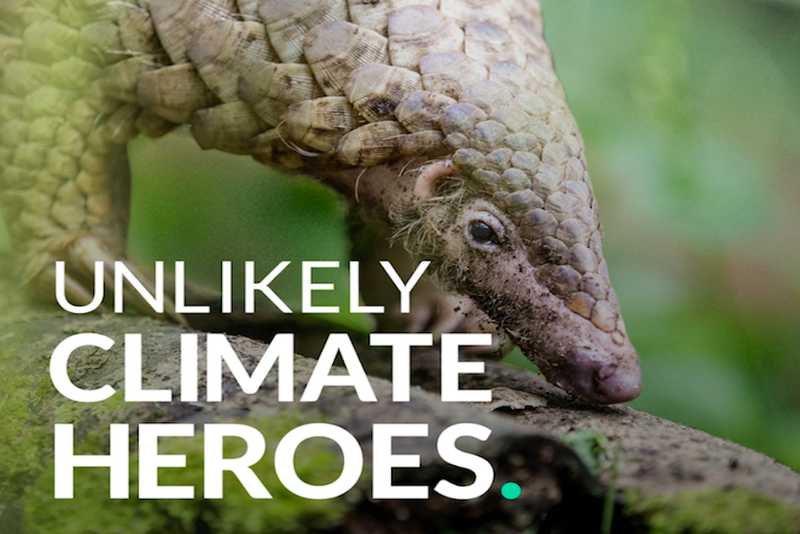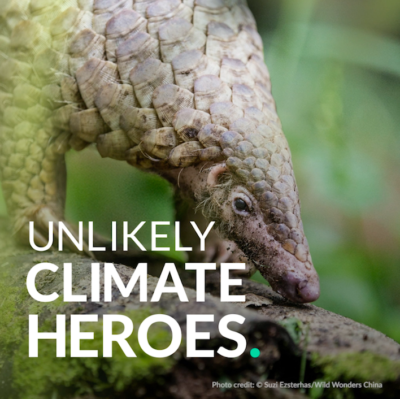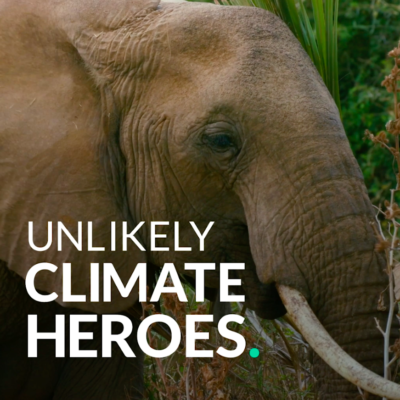
This week, as we expect to read in the IPBES report assessing the state of Earth’s biodiversity, we discover that there are even more reasons to halt the extinction crisis we’re facing – one being the climate benefits bestowed upon us by a selection of unlikely climate heroes. The humble beaver, the endangered pangolin, and the iconic elephant seem to have little in common, but all three tend to the environment in a way that is critical to preserving habitats that provide huge climate benefits.
There is no shortage of wondrous wildlife documentaries – from Netflix’s Our Planet to the BBC’s Blue Planet – all of which paint a vivid picture of how interconnected our living worlds are. But there are always new and surprising lessons we can learn.
This week, as we expect to read in the IPBES report assessing the state of Earth’s biodiversity, we discover that there are even more reasons to halt the extinction crisis we’re facing – one being the climate benefits bestowed upon us by a selection of unlikely climate heroes.
The humble beaver, the endangered pangolin, and the iconic elephant seem to have little in common, but all three tend to the environment in a way that is critical to preserving habitats that provide huge climate benefits.
The beaver can, with time, transform agricultural land into a species-rich wetland. One recent study demonstrates how in just over a decade, the presence of beaver not only restored wetlands through their dam construction efforts, but also increased plant species richness by almost 50%. Wetlands can be a powerhouse of natural carbon storage: they may make up a small percentage of the world’s land – but they have a higher storage of carbon per hectare of land than any other system.

Forests are famous for their climate-stabilizing powers, but less famous is the unassuming forest guardian, the pangolin. These critically-endangered scaly creatures can consume up to 20,000 ants and termites a day (70 million a year) so protecting forests from termite destruction. Thanks to this gargantuan appetite, one pangolin alone can protect an area the size of 30 football fields. They are also fantastic for soil. Their elongated claws enable them to burrow underground for shelter and to excavate termite nests for food. In doing so, the soil is mixed and aerated, improving the nutrient quality and aiding the decomposition cycle.

Elephants need no introduction – one of the most recognizable species on Earth and decades of work has been done to halt the illegal trade in ivory that has contributed to their decline. But less well- known is the role of African forest elephants in maintaining their natural habitat. Although smaller than their Savannah counterparts, forest elephants are still large and move in herds: by stomping saplings, peeling bark, clipping branches, and trampling vegetation, they generate trail systems and shape the forest canopy. Research has shown that, although destructive, this behavior does, in fact, allow larger trees to spread their roots and grow to their greatest height so contributing to the overall health of the forest – and their ability to store carbon dioxide.

Most of us grasp the concept of the ‘web of life’ pretty early in life – so why we need to be reminded of the critical role of biodiversity to all our survival is puzzling. As a species, we now seem to be finally grasping the reality of our climate change crisis. We should take this time to recognize and honor the climate-stabilizing skills of our incredible wildlife and nature itself.